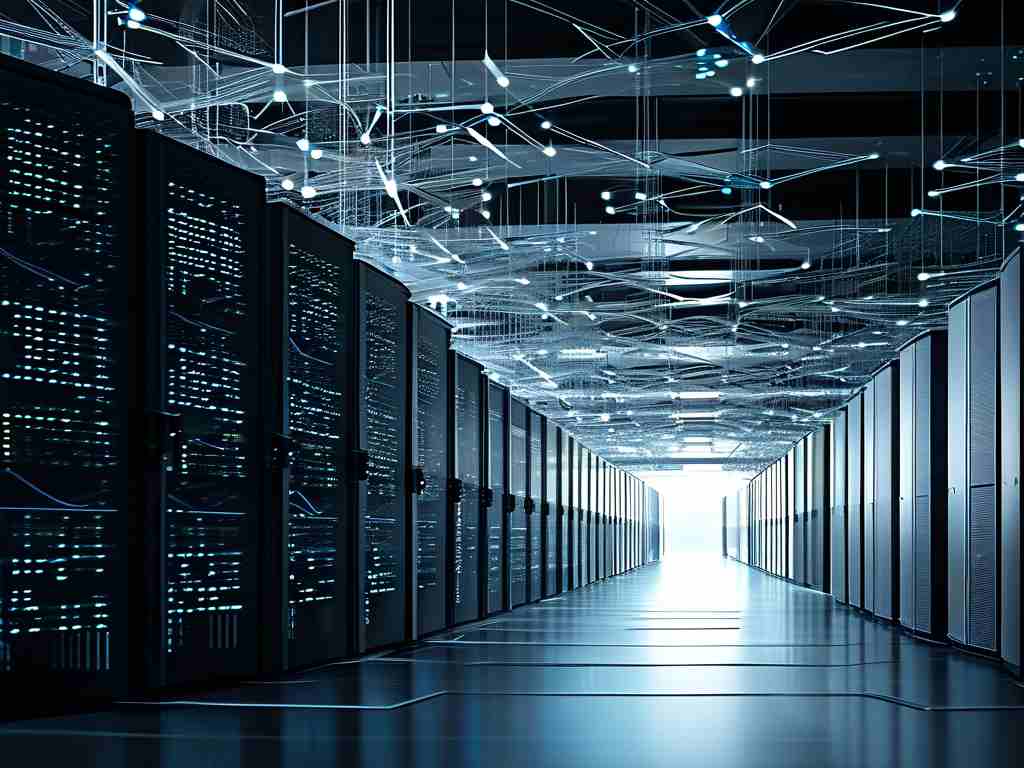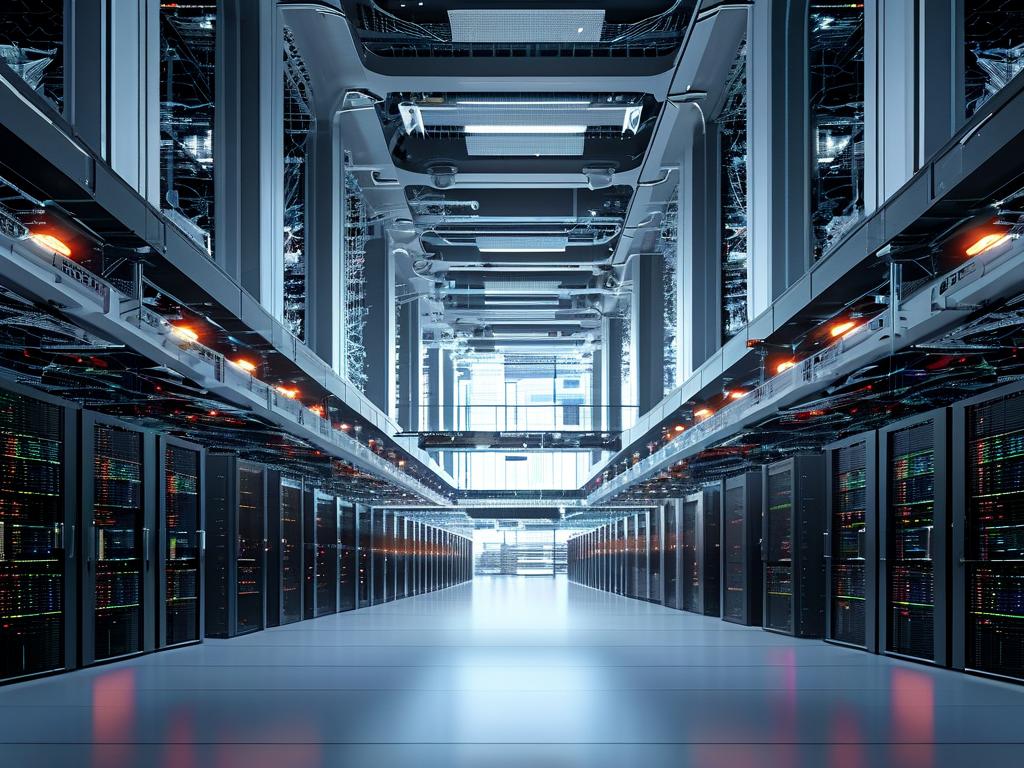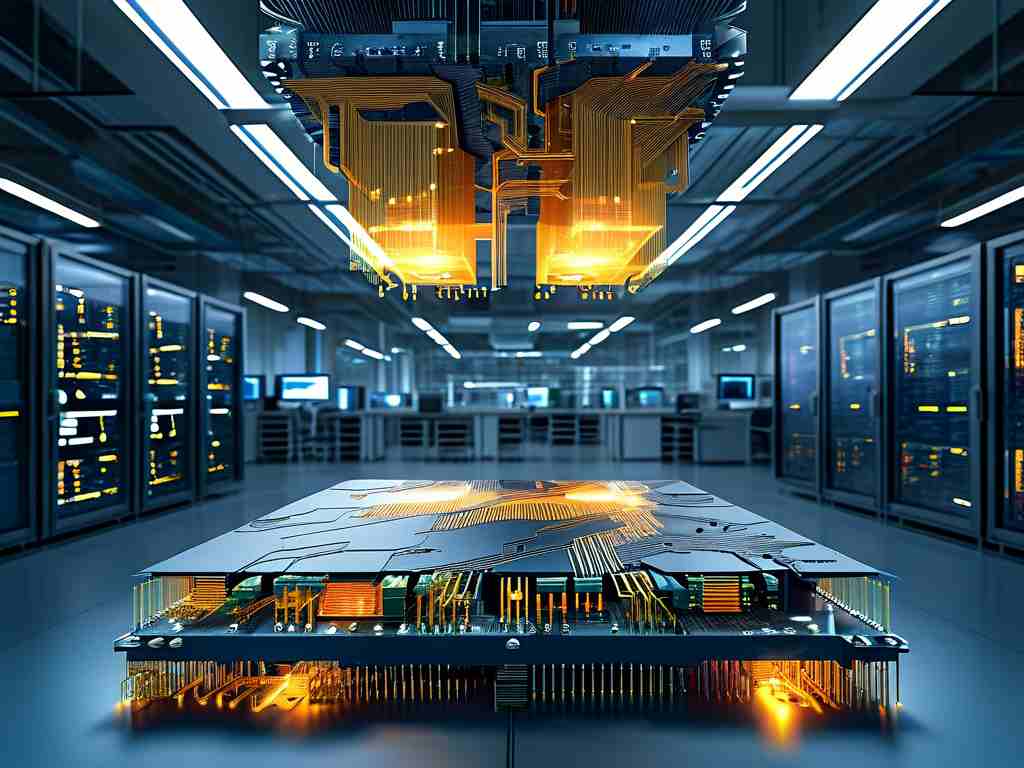The evolution of computing demands has driven the emergence of distributed heterogeneous computing architectures, which combine diverse hardware resources – CPUs, GPUs, FPGAs, and specialized accelerators – under a unified framework. At its core, this paradigm leverages architectural diagrams to visualize how geographically dispersed and technologically varied components collaborate to solve complex computational problems.

The Anatomy of a Distributed Heterogeneous System
A typical architecture diagram (Fig. 1) reveals three critical layers:
- Resource Abstraction Layer: Virtualizes hardware differences through containerization technologies like Docker and Kubernetes, enabling seamless deployment across x86 servers, ARM-based edge devices, and quantum co-processors.
- Task Scheduler: Employs adaptive algorithms that match computational workloads with optimal hardware profiles. For instance, matrix operations might route to GPUs while I/O-intensive tasks prioritize SSDs.
# Simplified task routing logic def route_task(task_profile, resource_map): if task_profile['compute_type'] == 'vector_ops': return resource_map['gpu_nodes'].pop(0) elif task_profile['io_bandwidth'] > 5e9: # 5 GB/s threshold return resource_map['nvme_nodes'][0] else: return random.choice(resource_map['cpu_cluster']) - Federated Learning Plane: Implements privacy-preserving data processing across hybrid environments, crucial for healthcare and financial applications where raw data cannot leave source locations.
Performance Optimization Strategies
Modern implementations employ dynamic voltage-frequency scaling (DVFS) alongside machine learning-driven load forecasting. A 2023 MLPerf benchmark showed heterogeneous systems achieving 2.7× better energy efficiency than homogeneous clusters when processing mixed AI workloads. The key lies in architectural diagrams that explicitly model:
- Cross-component communication latencies
- Memory hierarchy dependencies
- Fault domains and redundancy paths
Energy-aware scheduling algorithms like E-AntColony optimize both completion time and power consumption by analyzing the architecture's energy proportionality curves. This proves particularly valuable in edge computing scenarios where solar-powered nodes coexist with grid-connected servers.
Security Considerations in Heterogeneous Networks
Architectural diagrams must account for attack surfaces introduced by device diversity. Zero-trust frameworks are increasingly integrated at the diagramming stage, implementing:
- Hardware-rooted attestation for FPGAs
- TEE (Trusted Execution Environment) isolation for GPU memory partitions
- Cross-domain policy engines that enforce consistent access controls
A case study from automotive systems demonstrates how architectural diagrams helped identify vulnerable CAN bus-FPGA interactions in autonomous vehicles, leading to 73% faster vulnerability patching cycles.
Future Directions and Challenges
Next-generation architectures are exploring bio-inspired designs, with some research prototypes mimicking neural synaptic distributions across hybrid hardware. However, creating universally interpretable architectural diagrams remains challenging as new processor types like photonic chips and neuromorphic cores enter the market.
The rise of quantum-classical hybrid systems adds another layer of complexity. Preliminary diagrams from IBM's Qiskit Runtime show quantum loops nested within classical optimization frameworks, requiring new visualization conventions to represent superposition-based computations.
For developers, tools like TensorFlow Federated and Ray are providing higher-level abstractions, but understanding the underlying architectural diagrams remains crucial for performance tuning. As Dr. Elena Marquez from MIT CSAIL notes: "The map is not just the territory – in heterogeneous computing, it's the compass that guides optimization."
In , distributed heterogeneous computing architecture diagrams serve as both technical blueprints and collaboration tools across engineering disciplines. As systems grow more complex, these visual representations will increasingly incorporate real-time telemetry and AI-generated optimization suggestions, fundamentally changing how we design and interact with computational infrastructure.









